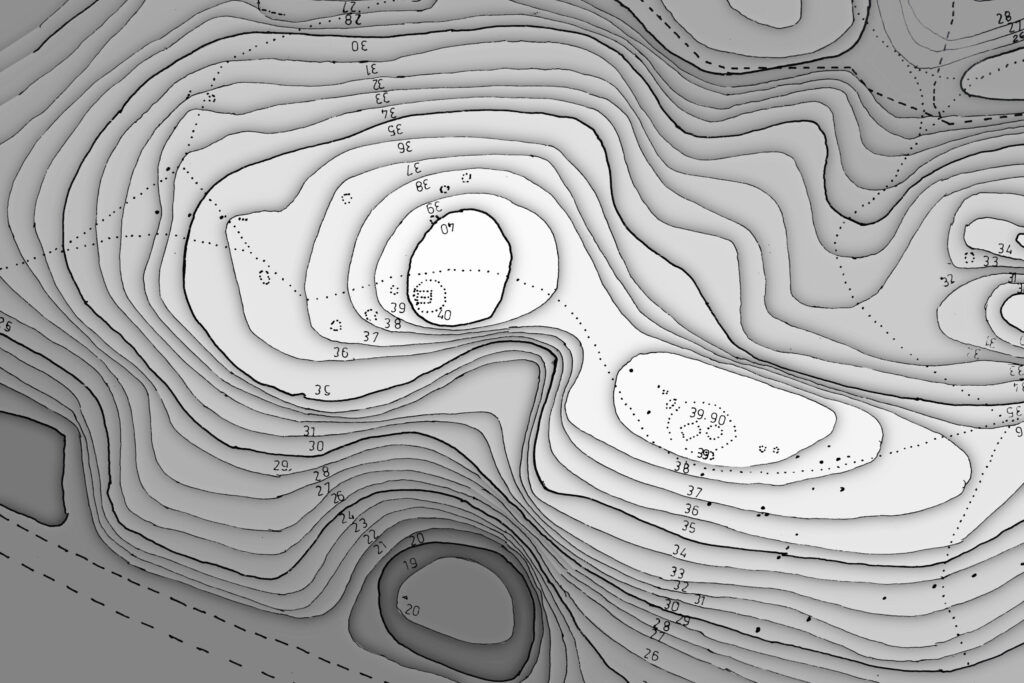Overview
Over the last 100 years, Night Vision Imaging System (NVIS) technologies have greatly expanded from their beginning and have become an invaluable asset to the battle space. In recent years, there has been a misguided belief that LED-based display devices’ brightness can be reduced enough to not interfere with night vision devices. This article will explain why it is not compliant with the requirements and why it creates operational risks, endangering warfighters.
History of Night Vision Technology
With the introduction of low near-infrared emission light sources such as LEDs, military crews started experimenting with cost avoidance strategies when using portable devices such as iPads or Samsung Notes. The is that a reduced amount of visible light produced by white LEDs or OLEDs would also result in reduced near-infrared emission and make their use acceptable. LED dimming, however, is not an effective solution, as it increases the risk of hazards and errors and essentially reduces mission effectiveness.
Compliance Standards
The Department of Defense (DoD) Interface Standard Lighting, Aircraft, Night Vision Imaging System (NVIS) Compatible MIL-STD-3009 is the current DoD specification standard for all aircraft lighting and NVIS compliance. It outlines acceptable color parameters and NVIS radiance limits for various NVIS cockpit lighting and information display equipment. It also serves as the reference for many other documents and recommendations which are essential for newly designed and engineered lighting or display products.
Under MIL-STD-3009, paragraph 4.3.5.9.2 “Multi-Color display radiance”, makes no distinction between different display technologies, although the original specification was developed for cathode ray tube (CRT) displays.
CRT Displays Versus LED-backlit LCDs
A CRT is an emissive type of display; therefore, in CRT displays, an inactivated (black) pixel does not emit any radiation. On the other hand, LED-backlit LCDs are transmissive displays, where the backlight is always on, and a black screen, or dark pixel, is generated by blocking visible light emitted from the backlight. In these applications, the near-infrared emissions from the backlight are not blocked by any of the LCD components, and therefore, the entire surface of the display, including the black pixels, transmit in the NVG-sensitive region (above 630 nm). As a result, LCDs generate disturbing windshield reflections, which affect NVG performance. There persists a misconception that new types of displays, such as LED displays, LED-backlit LCDs, or the latest OLED displays, are compatible and compliant with MIL-STD-3009 without additional filtering when used at very low brightness levels. In reality, when the displays are dimmed to a radiance level acceptable to the MIL-STD requirements, it becomes very difficult or nearly impossible for operators to discern on-screen objects due to the lack of an appropriate gray scale to render detail.

Requirements for NVIS Compatibility
The Joint Service Specification Guide Crew Systems, Aircraft Lighting Handbook (JSSG-2010-5) states, “The spectral radiance requirements for monochromatic displays are the same as for general crew station lighting except that when the display is required to display shades of gray imagery, the display must be NVIS compatible at 0.5 fL as opposed to 0.1fL. Approximately 0.5fL are required to display 8 shades of gray, with the lowest level at 0.04fL. The source for this requirement is MIL-L-85762A.” A shade of gray is defined by a brightness ratio of (symbol) for two adjacent shades. The luminance levels corresponding to the 8 shades of gray for a compliant display are, therefore 0.50fL, 0.353fL, 0.249fL, 0.176fL, 0.125fL, 0.088fL, 0.062fL, and 0.040fL. For a topographic map, for example, that relies on sharp contrasts to render details, a variation in luminance is required.
An appropriately filtered display would meet MIL-STD-3009 Radiance Class B (NRb) requirements while maintaining an effective brightness of 0.5fL that allows for eight shades of gray, the lowest being 0.04fL. Conversely, an unfiltered LED backlit AMLCD display would need its brightness to be reduced to approximately 0.015fL (33 times dimmer than the required brightness of 0.5fL as per MIL-STD-3009) in order to meet the same NRb requirement. With an unfiltered LED backlit AMLCD display, the maximum brightness is less than the 8th shade produced by a fully compatible display. This low initial luminance eliminates the perceivable shades of gray and limits the observers’ ability to resolve imagery details.
Additionally, it is essential to consider the brightness setting of the NVGs imagery, which is set to reach an average luminance of 1fL. This level of luminance is a function of the automatic gain control (AGC) feedback loop of the Night Vision Goggles (NVGs). As soon as the human eye becomes accustomed to this luminance level in missions with NVGs, it becomes nearly impossible to read, let alone capture grayscale levels of an unfiltered display, where the brightness will be reduced to compliance level ~0.015fL (maximum brightness for an unfiltered display within NRb limits). These cases result in increased undesirable glare and degraded NVG performance as users increase the unfiltered device brightness for better readability.
Risks Associated With LED Dimming and Accessibility
When it comes to NVIS filtering, decision-makers continually face a benefit-cost dilemma. Establishing solution requirements that are compliant with MIL-STD-3009 should not be circumvented, waived, or ignored using LED Dimming. LED dimming in ground vehicle lighting is noncompliant with existing standards (MIL-STD 3009 and MIL-L-85762A) and other display instruments.
Inevitably, LED Dimming will jeopardize mission effectiveness and compromise the safety of warfighters. Non-compliance to the standard leads to a significant increase in NRb, causing undesired windshield reflection. This, in turn, reduces NVG gain, which impacts the ability to maintain acuity and discern the outside environment effectively. This can be especially critical to the crew in military ground vehicles and low-flying aircraft -such as helicopters- as they rely on their ability to read the terrain much more than the crew in higher-flying aircraft.
Defining requirements to align with design standards, along with proactive financial planning, will simplify the procurement and fielding of NVIS displays and improve mission readiness. As night vision technologies have greatly reduced in cost over the last two decades, they now amount to only a relatively small cost to organizations that require them.

MIL-STD-3009 Compliant Solutions
Solutions compliant with MIL-STD-3009 are essential for executing effective and safe military operations, and LED dimming has proven to be inadequate. By failing to implement solutions that meet compliance standards, errors and hazards are likely to occur. We anticipate that night vision technology will continue to become more accessible and affordable to target markets that require them, resulting in the adoption of materials that meet this demand.
We at Cevians have leveraged research and innovation to solve complex challenges and equip our clients with the technologies they need to provide warfighters with competitive advantages in every mission.
See MIL-STD-3009 compliance requirements for multicolor electro-optical displays, in Table 1 at www.Cevians.com/specification

